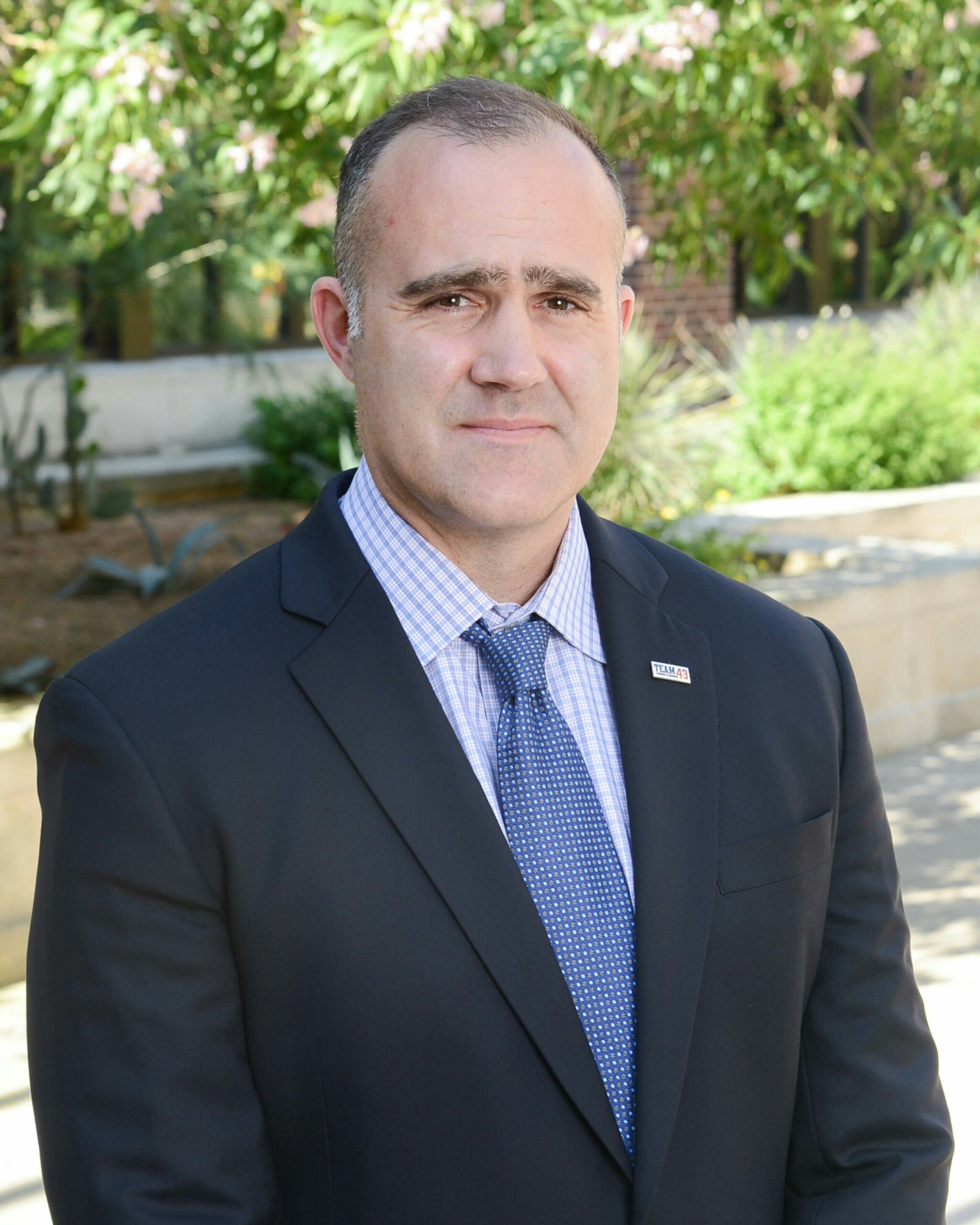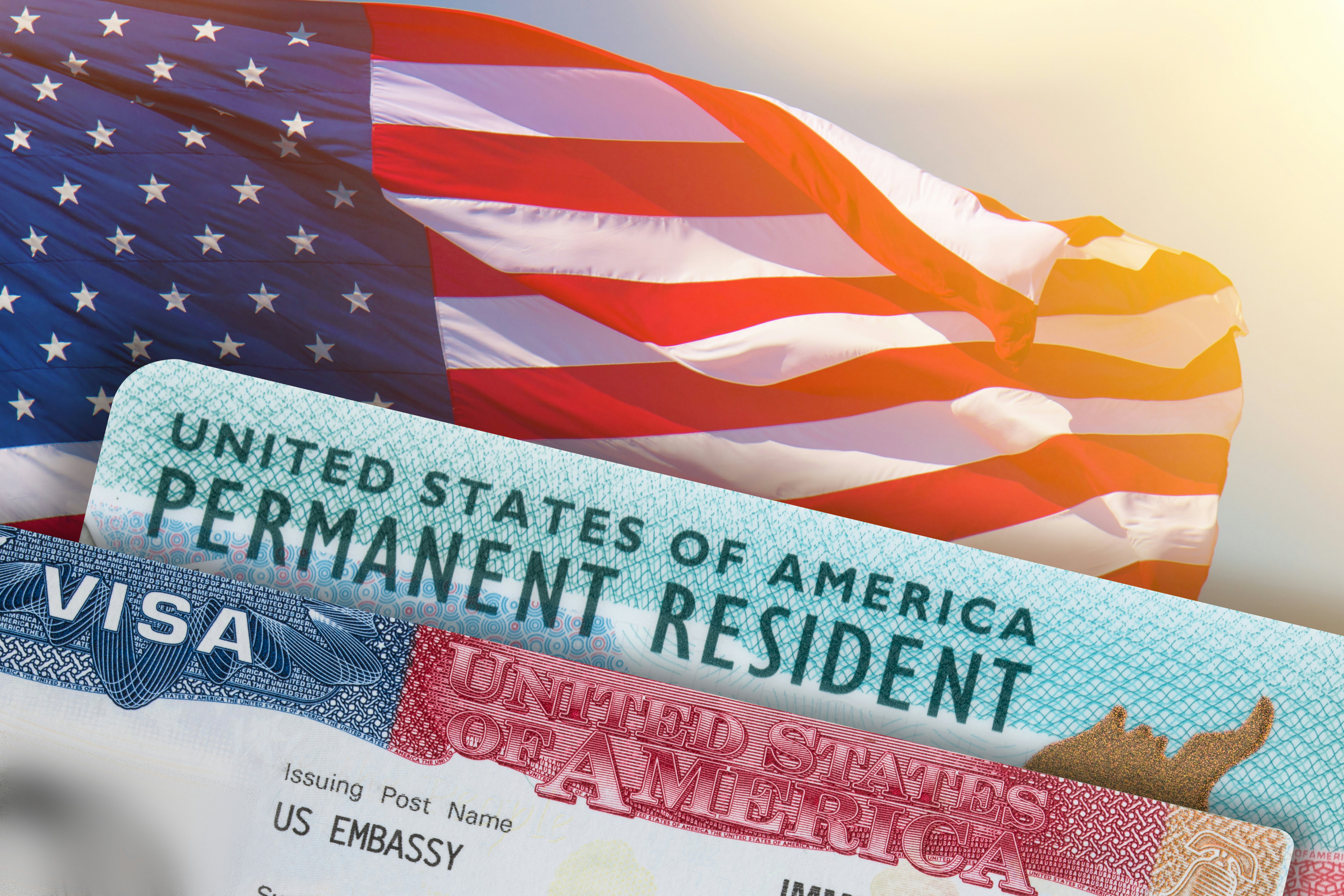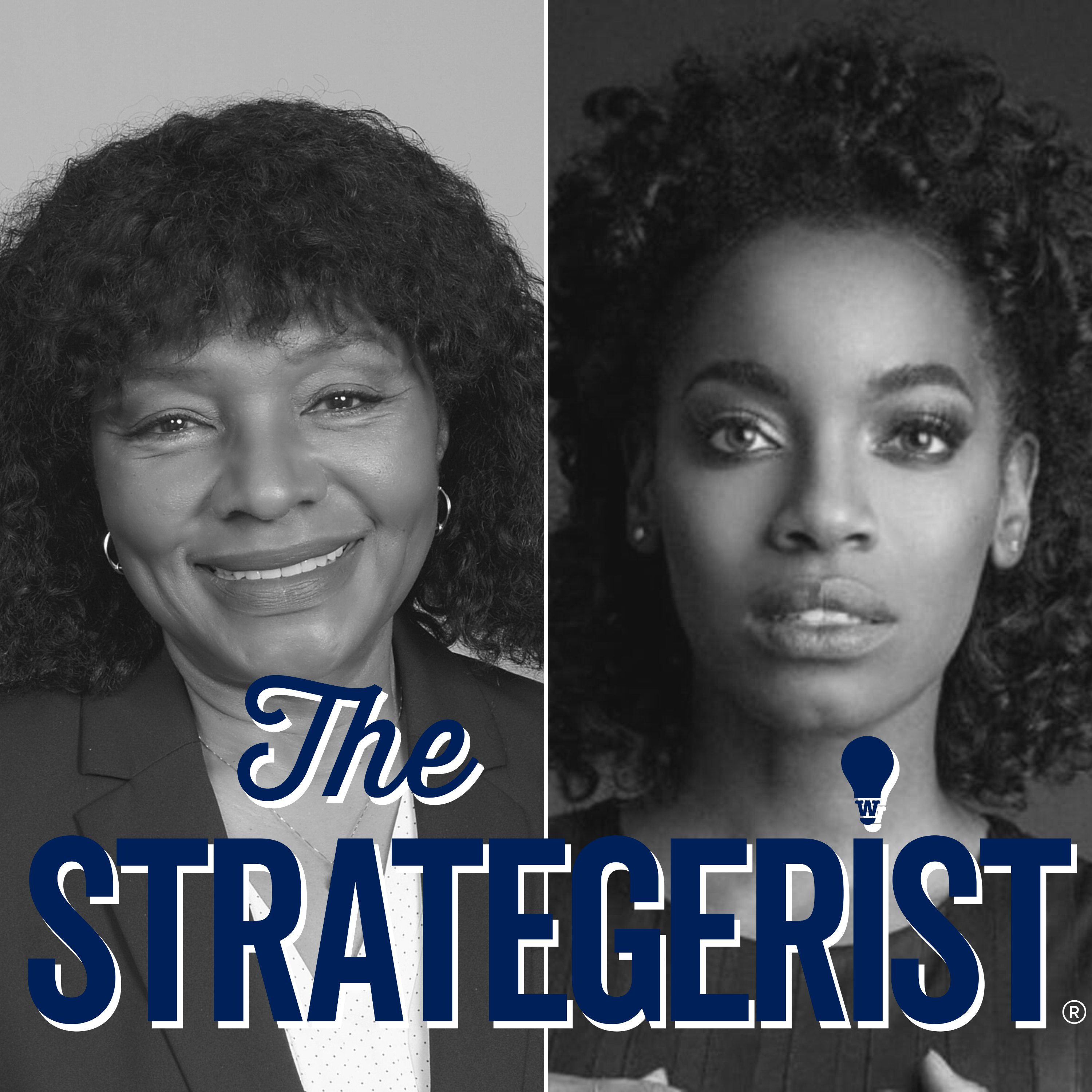Leadership and the unique American spirit is best revealed in our communities. It is in our hometowns and on our main streets where post-9/11 veterans are stepping up to face their next mission—leading through crisis
Leadership and the unique American spirit is best revealed in our communities. It is in our hometowns and on our main streets where post-9/11 veterans are stepping up to face their next mission—leading through crisis
In a recent article by George W. Bush Presidential Center President and CEO Ken Hersh said of our COVID-19 challenge, “While we may be tested in ways that we have not been tested before, this commitment to each other and our ability to demonstrate leadership at all levels is what makes this country special.”
To our post-9/11 warriors and their families, this challenge, like many faced before, is an opportunity to lead despite the fears and unknowns. Courage is not the absence of fear, it is moving out and taking action despite the fear. Leadership is not a destination, it is an action and a habit and the pay it forward value it embodies is within so many of our warriors and their families.
Recently, the U.S. Army put out a voluntary return to service call for retirees with medical experience. The email said, “”When the Nation called — you answered, and now, that call may come again.” More than 17,000 expressed their willingness to serve again.
In our cities and towns, veterans are leading through this. Michael Hutchings is the chief development officer at Combined Arms in Houston. He is an alumnus of the Bush Institute’s Stand-To Veteran Leadership Program which develops the skills of those who serve our nation’s veterans and now counts 70 leaders within its alumni network.
He and the organization are using their platform in Houston to assess the support and financial needs of medical centers in the area. Additionally, the organization is using their community leadership to identify veterans and family members with various levels of healthcare skills, education, and experience to volunteer and support the healthcare system. To date, 250 veterans with healthcare experience have volunteered.
Additionally, Combined Arms is activating their veteran and volunteer community to take on the leadership role of “Neighborhood Leaders.” These veterans will be the point person for their street, neighborhood, or apartment complex, sharing COVID-19-relevant-communication, health and hygiene advocacy, and neighbor accountability.
Richard Casper, another alumnus of the Stand-To Veteran Leadership Program, is helping his warriors with social isolation to ensure that social distancing does not result in loneliness for a population at risk for mental health challenges. CreatiVets, an organization that uses various forms of art to help disabled veterans cope with service-related trauma, has migrated all programing and services online.
While you cannot replicate the camaraderie and networking from in-person interactions focused on the arts, you can still create community by teaching art using supplies commonly found around the home, and streaming guitar and songwriting classes, some taught by Grammy award-winning songwriters. To reach those currently not connected, Creativets is building “programs in a box” to be shipped directly to the veteran’s homes, ensuring they have all the supplies they need to join the online community.
In a recent radio interview, Admiral James Stavridis mentioned that “the military is best suited to deal with this enemy.” This of course not only includes those who currently wear the cloth, but our veterans and their families who are in every community.































